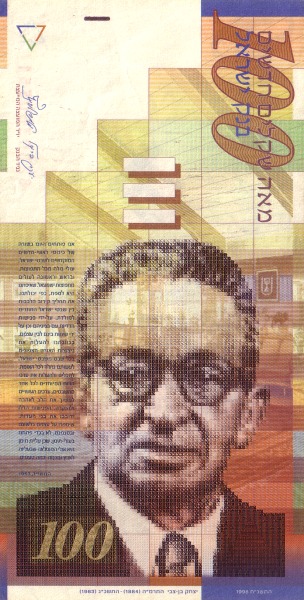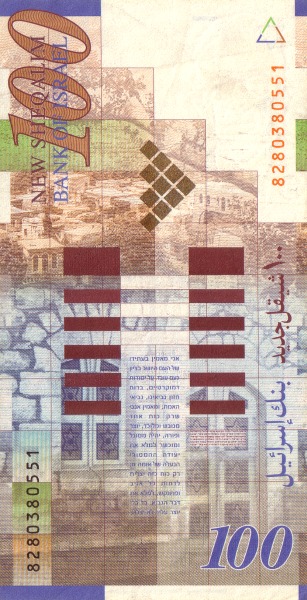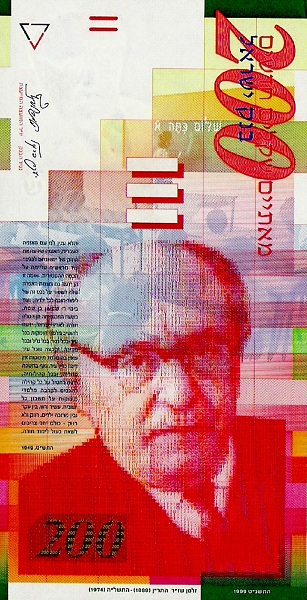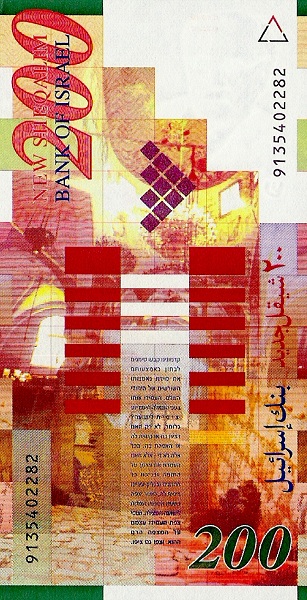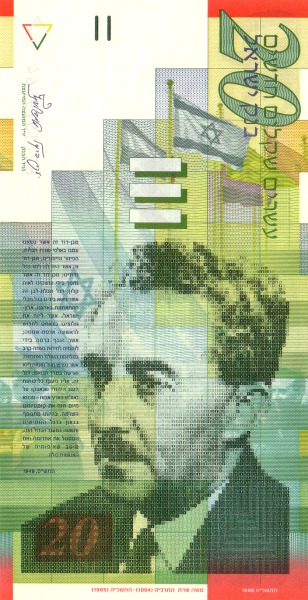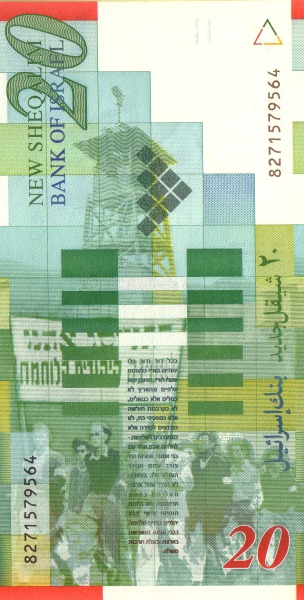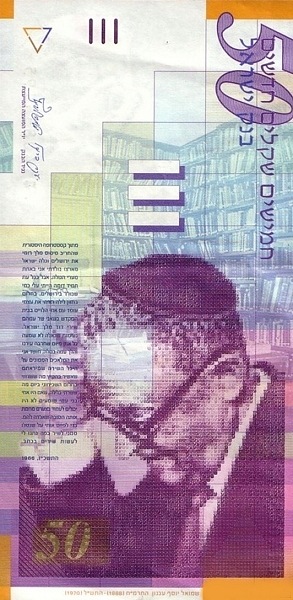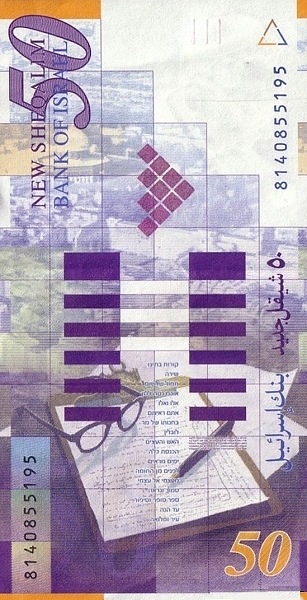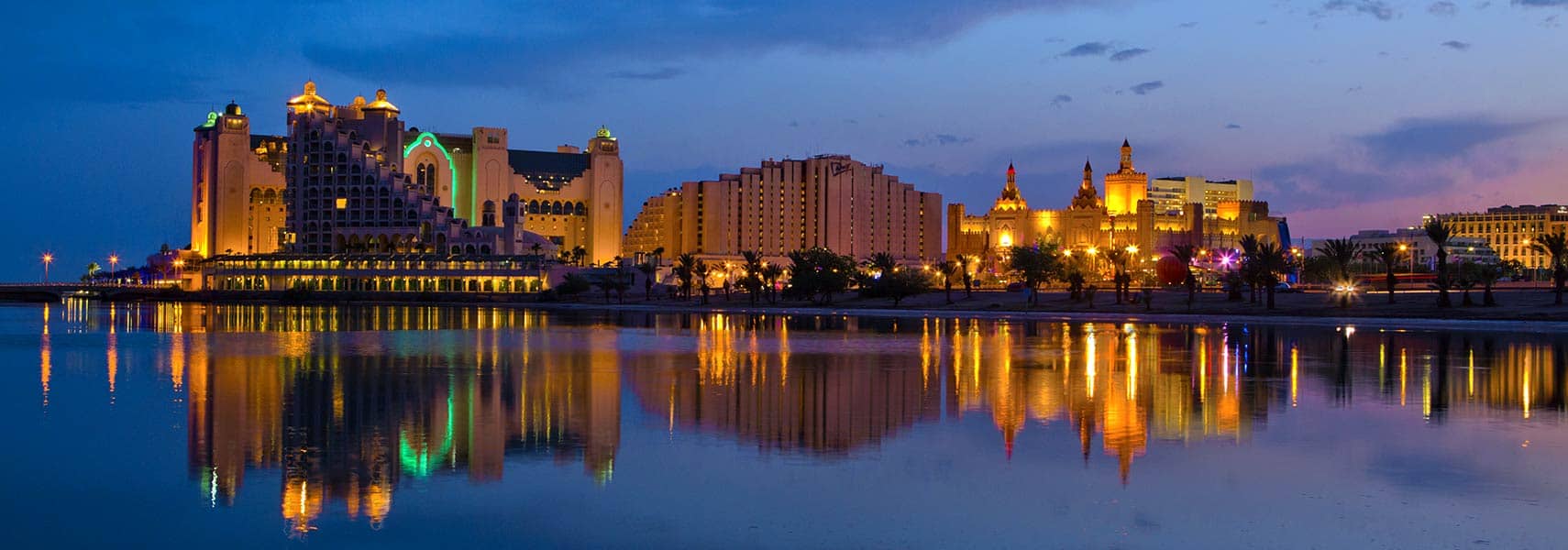Discovering Israel: A Brief Overview
Israel, a remarkable nation situated in the heart of the Middle East, stands as the only Jewish state in the world. This extraordinary country resides in a region considered biblical Holy Land by Jews, Christians, and Muslims alike. Covering a diverse triangular shape, Israel boasts a stunning coastline along the Mediterranean Sea, and its southern tip seamlessly connects to the Gulf of Aqaba, also known as the Red Sea. In terms of geographical relations, Israel shares borders with several nations, including Egypt, Jordan, Lebanon, and Syria. Additionally, it borders the Palestinian territories, specifically the West Bank and the Gaza Strip, and shares maritime borders with Cyprus. The diverse geography and rich history make Israel a captivating destination for travelers and scholars.
Geography and Natural Wonders of Israel
With an area of 22,072 square kilometers, Israel is slightly larger than half the size of Denmark and somewhat bigger than the state of New Jersey in the USA. The country’s geography reveals a fascinating variety of landscapes. To the west, you will find a densely populated coastal plain, while the southern part features the sparsely inhabited Negev Desert. In the north, the majestic mountain ranges of Galilee rise, accompanied by the coastal Mount Carmel and the impressive basaltic plateau of the Golan Heights. The captivating Jordan Rift Valley contains the Sea of Galilee, popularly known as the miraculous Lake of Gennesaret or Lake Tiberias. Remarkably, it holds the title of the world's lowest freshwater lake at an astonishing depth of 212 meters (696 feet) below sea level.
Moreover, the Lower Jordan River artfully connects the Sea of Galilee with the famous Dead Sea. This incredible salt lake borders Israel, the West Bank, and Jordan and marks a unique geographical feature. It proudly stands as the Earth's lowest elevation on dry land, with its surface and shores lying 430.5 meters (1,412 feet) below sea level. As travelers immerse themselves in this landscape, they can truly appreciate Israel's incredible natural beauty.
Population and Linguistic Diversity
As of 2020, Israel's population reached approximately 9.15 million people. Among the predominant languages spoken in this vibrant nation are Hebrew and Arabic. The largest city, Jerusalem, serves as the designated capital. However, Israel’s sovereignty over Jerusalem sparks international debate and remains a significant issue. Tel Aviv, on the other hand, emerges as the country's financial hub and hosts nearly all the foreign diplomatic missions and embassies situated in Israel. Together, these cities highlight the nation's complex cultural and political tapestry.
The Historical Context of Israel
To fully grasp the contemporary landscape of Israel, one must delve into its rich and tumultuous history. After the conclusion of World War II, the British authorities withdrew from their mandate over Palestine. Subsequently, the United Nations partitioned the territory into both Arab and Jewish states; however, this division was met with opposition from the Arab nations. What followed were a series of conflicts, during which Israel triumphed over the Arab forces, yet the undercurrents of tension between these groups endured.
Significant Events that Shaped Israel
In 1967, during the Six-Day War, Israel gained control over the West Bank and Gaza Strip. The governance of these territories subsequently fell into the hands of military authorities. As part of a peace agreement, Israel withdrew from the Sinai Peninsula on April 25, 1982. This move occurred in accordance with the 1979 Israel-Egypt Peace Treaty, marking a significant step in diplomatic relations.
Furthermore, the Israel-Jordan Treaty of Peace, signed on October 26, 1994, resolved outstanding territorial disputes. Throughout the years, discussions have taken shape, particularly in alignment with the framework established during the Madrid Conference in October 1991. These dialogues sought to foster bilateral negotiations involving both Palestinian representatives from the Israeli-occupied West Bank and Gaza Strip as well as discussions with Syria. Such negotiations aimed at achieving a lasting resolution to the longstanding issues in the region.
Recent Developments and Ongoing Challenges
On May 25, 2000, Israel executed a unilateral withdrawal from southern Lebanon, a territory it had occupied since 1982. Then, in 2005, Israel’s disengagement from Gaza marked a significant milestone, shaping the nation’s evolving dynamics. These moves have played a crucial role in shaping the current state of affairs, although the region continues to face complex challenges.
International Relations and Global Impact
Israel maintains diplomatic and strategic relationships with several nations. Germany, the United Kingdom, and the United States of America represent crucial partners in terms of alliances. These relationships are vital for ensuring collaborative efforts in various fields, from defense to trade, thereby impacting the geopolitical landscape of the region. Indeed, Israel's innovative economy and technological advancements have made it a global player, attracting attention and investment from around the world.
Conclusion: The Continual Evolution of Israel
In summary, Israel presents an intriguing mix of ancient history, modern innovation, and complex socio-political dynamics. From its geographical wonders and cultural diversity to its historical challenges, every facet of this nation paints an intricate picture. Travelers, historians, and scholars alike can find profound insights within its borders, making Israel a truly fascinating destination to explore. As time progresses, Israel remains a pivotal player on the world stage, continually shaping its narrative while striving for peace and stability.
Largest cities of: Israel
| City Name | Population | Year of foundation | |
| Jerusalem | 936,000 | circa 3000 B | |
| Tel Aviv | 450,000 | 1909 | |
| Haifa | 285,000 | 1764 | |
| Rishon Lezion | 250,000 | 1882 | |
| Petah Tikva | 240,000 | 1878 | |
| Netanya | 220,000 | 1929 | |
| Ashdod | 210,000 | no data | |
| Bnei Brak | 200,000 | 1926 | |
| Be'er Sheva | 200,000 | 1900 B |
Israel: Money
